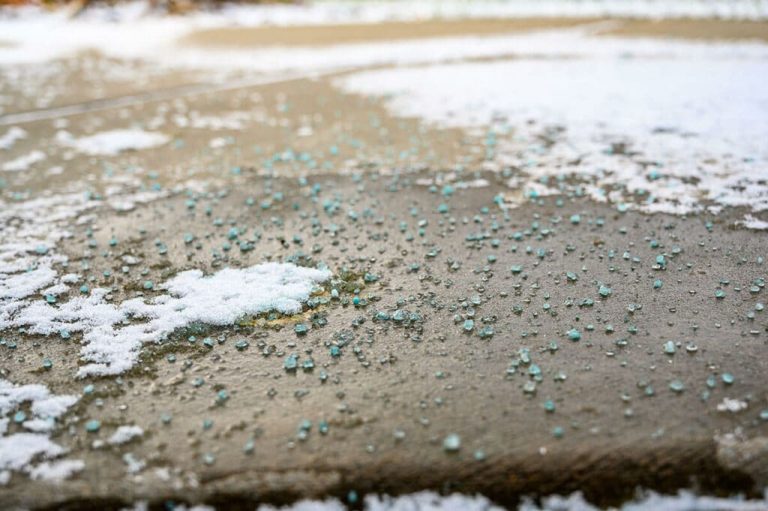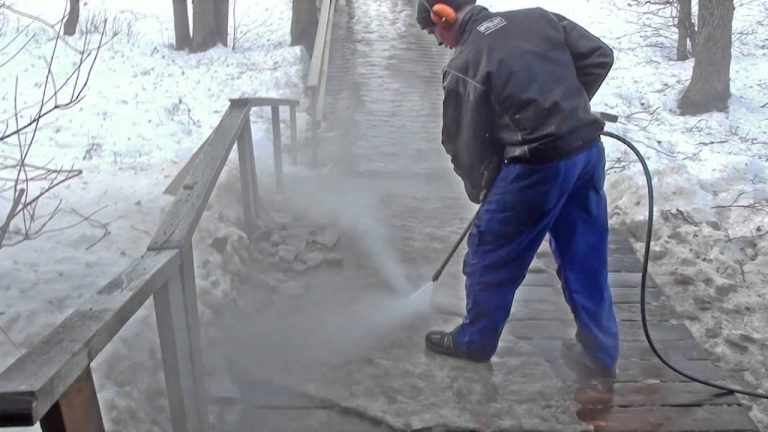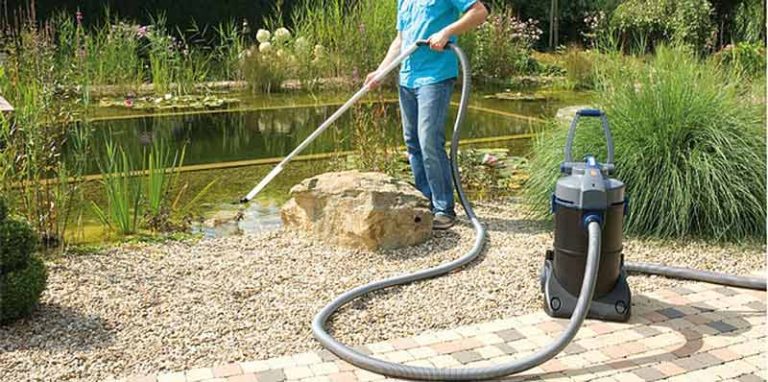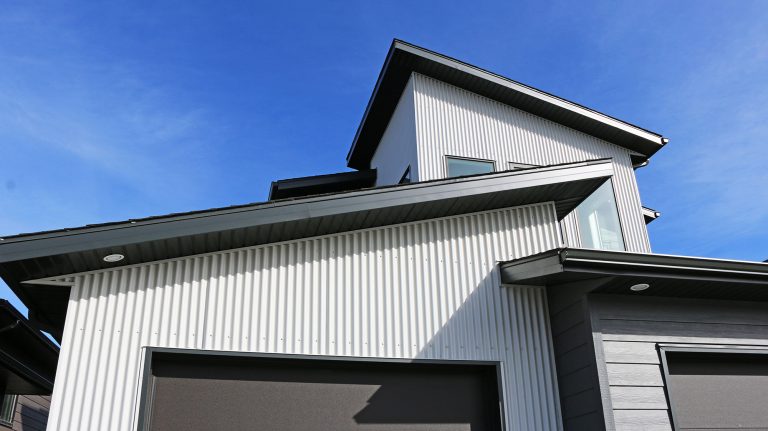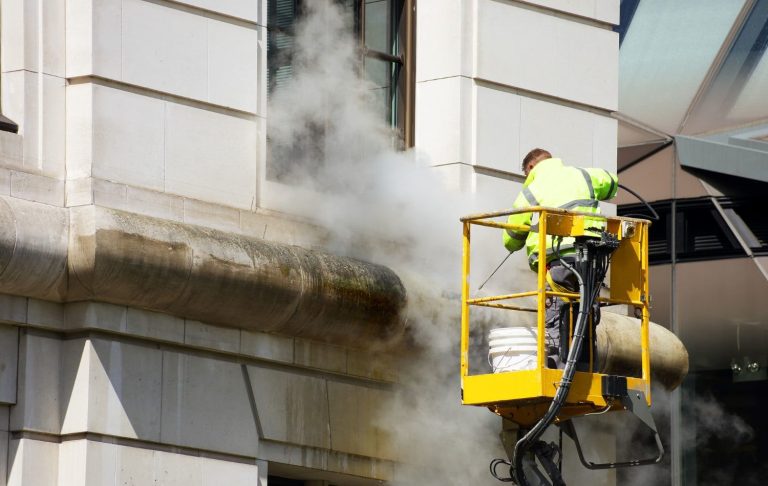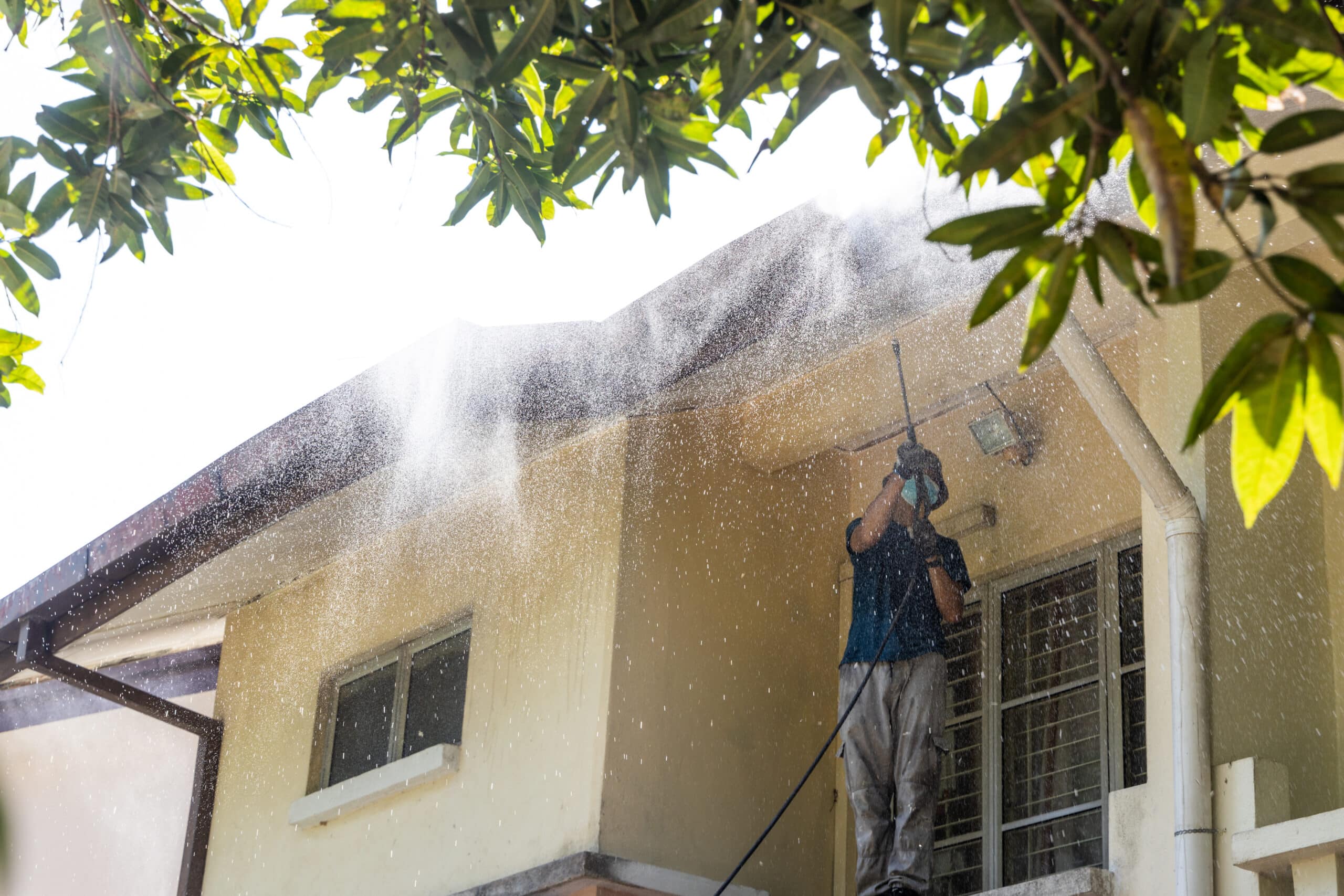
Pressure washing is fantastic for large, open surfaces like driveways and decks. But what about those tricky, narrow areas — like behind AC units, around railing posts, in-between fence slats, or under the eaves of your roof?
These tight corners and hard-to-reach spots can easily be missed or left half-cleaned unless you know the right techniques. Let’s break down how to get the job done right — no scrubbing by hand required! 💪🧼
🧠 Why These Areas Are So Challenging
Here’s why small or confined spaces give people so much trouble:
- Limited wand access
- Awkward angles make consistent coverage hard
- Surfaces are often fragile or detailed, like trim, lattice, or brick mortar
- Overspray can wet nearby electrical components or windows
- High-pressure settings can cause damage in close quarters
But don’t worry — with the right tools and techniques, you can hit those corners like a pro. 🎯
🧰 Equipment That Makes a Difference
If you’re relying only on a standard spray wand, you’re already at a disadvantage. Here’s what will help:
✅ 1. Turbo Nozzle (Rotary Tip)
This nozzle rotates a narrow, high-pressure stream in a circular motion, covering more surface area while penetrating grime in tight spots. Great for cleaning between bricks or slats. 🌀
✅ 2. Extension Wands
These let you reach up into eaves, gutters, or behind sheds and fences without a ladder. Many telescopic models can stretch up to 24 feet. 🪜
✅ 3. Angled Wand Attachments
Perfect for blasting under rooflines or into the backs of stairs. A 90° elbow tip gives you access where a straight wand can’t go. 🔧
✅ 4. Surface Cleaner with Edge Jet
These circular heads clean wide surfaces, but some come with edge-cleaning jets to flush out dirt along baseboards or seams.
✅ 5. Flexible Hose Extensions
Short, bendable wand extenders help twist into tight turns or behind awkward objects like grills, HVAC units, or furniture.
Browse Amazon Here For Popular Pressure Washers And Accessories
🔄 Techniques for Maximum Coverage
Using the right gear is only half the battle. You also need smart technique.
🟡 Start from the Outside In
Begin spraying from the outside edge of a tight space and move inward. This helps push dirt out rather than driving it deeper.
🟢 Use Lower Pressure at First
Start with a 25- or 40-degree nozzle to avoid chipping paint or blasting debris back at yourself in enclosed areas. Only increase pressure if needed.
🔵 Spray in Short Bursts
Don’t hold the trigger down continuously in a corner — you risk soaking electrical parts or causing splashback. Instead, use short, controlled bursts.
🔴 Work Top to Bottom
This applies especially in high areas like roof eaves or porch corners. Let gravity help guide dirty runoff down.
🧼 Problem Areas & How to Tackle Them
| Spot | Strategy |
|---|---|
| Fence Corners | Use a turbo nozzle + angled wand. Spray vertically between slats. |
| Under Roof Eaves | Use an extension wand with 90° attachment. Stay grounded. |
| Deck Stairs | Work side-to-side with a short wand. Watch overspray on railings. |
| Around HVAC Units | Use low pressure. Avoid direct spray on components. |
| Garage Door Tracks | Clean inside using a 25° nozzle. Towel dry metal tracks after. |
⚠️ What to Avoid
- Direct spray on electrical boxes or outlets
- Blasting upward into vents (forces water into your home)
- Spraying too close to wooden trim or paint
- Skipping safety gear in case of backsplash or flying debris
Always wear eye protection and non-slip shoes when cleaning narrow areas. 👟🕶️
💡 Tips for Spotless Results
- Rinse with clean water immediately after cleaning small spaces
- Use a soft-bristle brush for stubborn debris that won’t lift
- Consider applying a mildew inhibitor if mold tends to return to these areas
- Dry off wood or metal detailing to prevent rot or rust
🧽 Alternative Tools for Delicate Areas
Sometimes, even low-pressure settings are too strong. In that case:
- Use a spray bottle with degreaser or vinegar
- Wipe down the area with a sponge or microfiber cloth
- Use a garden hose with a spray nozzle as a gentler option
This approach is ideal for decorative stonework, painted wood trim, or anything antique.
🧠 Final Thoughts
Tight corners and hard-to-reach spots might seem like the bane of pressure washing, but they’re just another challenge you can tackle with the right plan. ✅
Here’s what to remember:
- Choose the right nozzle and wand attachment
- Adjust your pressure settings to fit the material
- Use controlled, short bursts rather than continuous blasting
- Always clean from the top down to prevent streaks
With a little creativity — and the right accessories — no spot is too tight to clean! 🔍🧼💦
Browse Amazon Here For Popular Pressure Washers And Accessories
